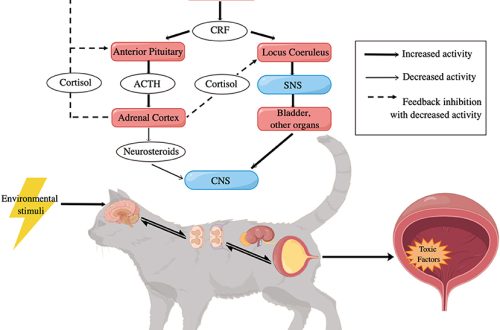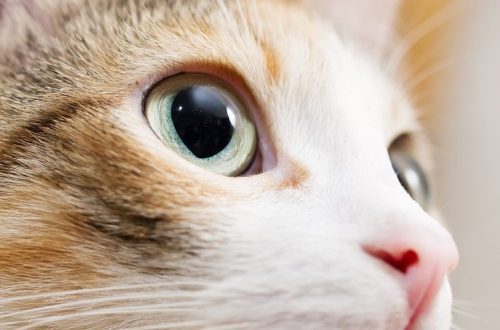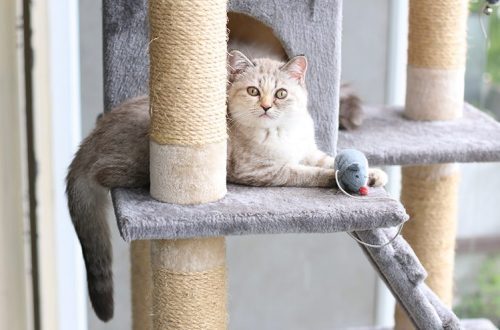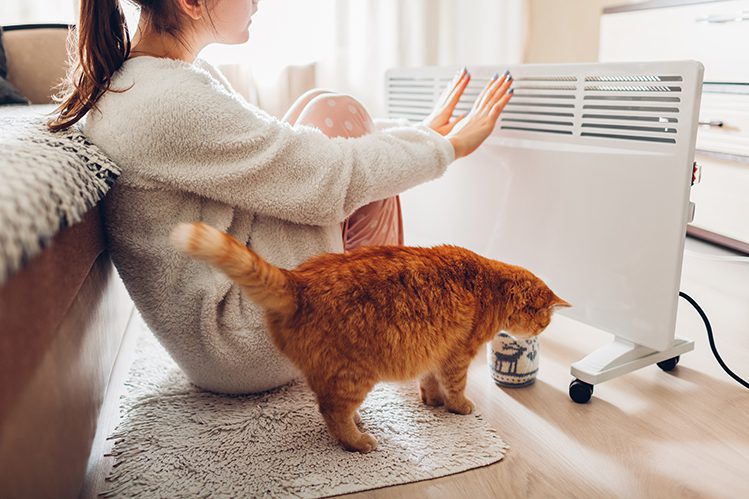
Is a draft dangerous for a cat?
Do you need to protect your indoor cat from drafts? Are they really dangerous? And if so, why do homeless cats thrive in rain and cold? We will analyze these issues in our article.
Cats become full-fledged members of our family – and we responsibly surround them with care. We buy the best food, treats and vitamins, toys, shampoos, special clothes and even toothpaste. We regularly carry out vaccinations and treatment against parasites, we take them to the veterinarian for preventive examinations … Stray cats are deprived of such attention. And you can often hear reflections on the topic that “if street cats survive, then domestic ones do not need all this.” But not everything is so simple.
Firstly, no one keeps statistics on stray cats and does not know how many of them survive and how many die. In practice, the mortality rate of stray cats is very high, especially among kittens. Only a few will be lucky to survive and live at least until middle age.
Secondly, the immunity of a stray and a domestic cat is initially very different. The work of the immune system is affected by genes, intrauterine development factors, and the environment. Therefore, it is wrong to compare a domestic and a stray cat. Unlike a stray cat, a domestic cat is not adapted to outdoor conditions, to cold and drafts – and is much more sensitive to them.
A mature stray cat, indeed, will not be frightened by a draft. But imagine a Canadian Sphynx who, on a cool day, decided to lie down on a bare windowsill. He’ll get cold and fall ill in no time.

Veterinarians urge to protect the cat from drafts. But the level of protection depends on the individual characteristics of your cat, on its susceptibility.
Cats with long hair (for example, Siberian, Norwegian) calmly survive temperature changes – and a draft is not very dangerous for them. Another thing is sphinxes, laperms, bambinos, orientals and other breeds with short hair. They get cold quickly and can get sick. Kittens and weakened animals are especially sensitive to drafts.
Drafts are especially dangerous after washing, when the cat’s coat is wet. Therefore, it is recommended to dry the coat thoroughly immediately after the bath, preferably with a hairdryer (if the cat is accustomed to it). And do not open windows in the house until the pet is completely dry.
Drafts “undermine” the work of the immune system and hit the weak points of the body. They often become the cause of exacerbation of chronic diseases.
Drafts can lead to cystitis, conjunctivitis, otitis, rhinitis and other diseases.
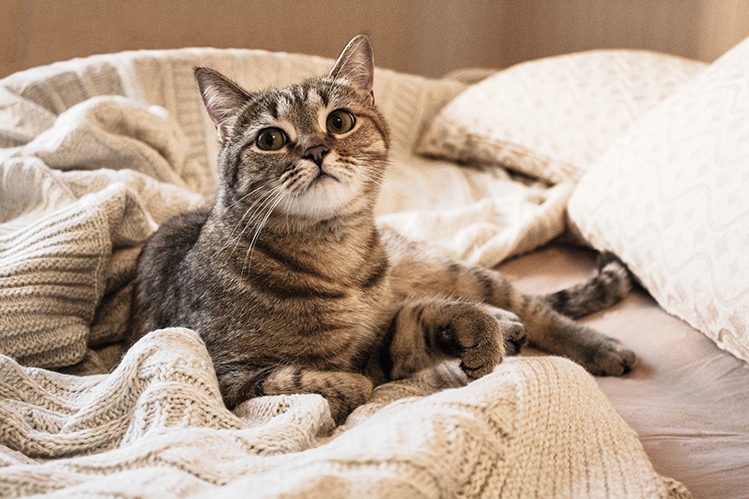
The main thing is to try to prevent hypothermia of the pet. Do not create a draft in the house. If you ventilate the apartment, make sure that at this time the cat is sitting warm, and not lying on the bare floor.
Get a warm, cozy bed with sides for your cat and place it in a cozy place above floor level.
Scratching posts with houses, special hammocks, aviary cages and other shelters where a cat can rest will help a lot. Place them above floor level.
Lay a blanket or bed on the windowsill so that the cat does not lie on a cold surface.
If the cat is cold, get special clothes for her.
Get a heating pad for your cat and place it on the bed.
If you notice symptoms of illness in your cat, contact your veterinarian.
These simple rules will help you keep your pet healthy.



